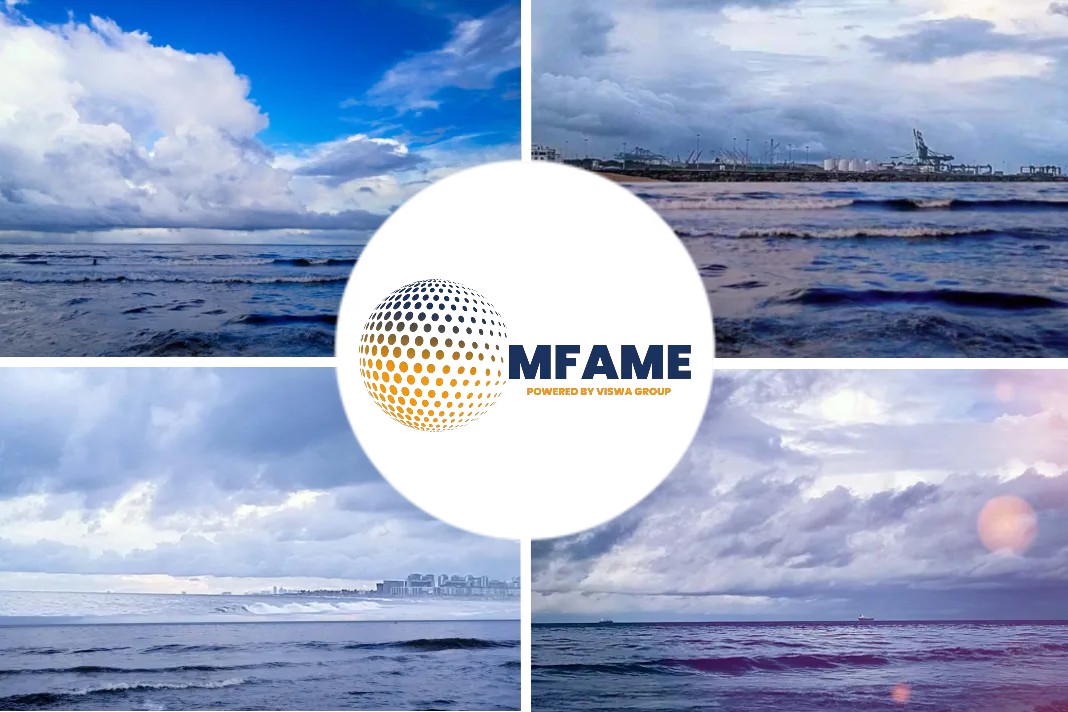- Elevated commodity prices resulting in smaller parcels
- Sanctions, protectionisms impacting trade flows
- Buyers trying to reduce raw material inventories
The reshaping of global dry bulk trade flows by the Russia-Ukraine conflict, which was expected to boost shipping demand, could face headwinds in the third quarter on the back of a deteriorating global economic climate caused by surging commodity prices, interest rates and inflation, reports Platts.
Platts Cape T4 index, a trade flow-based weighted average of four key Capesize routes, at an average of only $18,072/d over the second quarter of 2022 compared with $25,796/d and $25,523/d for APSI 5 and KMAX 9, a trade flow-based weighted average of five key Supramax routes within the Asia-Pacific and nine key Panamax routes, respectively, data by S&P Global Commodity Insights showed.
Demand destruction
The aggressive monetary policies including interest rate hikes being pursued by various central banks is weighing on global commodity demand and freight rates in the near term, according to dry bulk shipping sources.
Currently, this is forcing market participants to broadly hold off from procuring and moving larger volumes of cargoes due to volatile and elevated commodity prices, thereby keeping shipping demand lackluster.
A source with a major steelmaker said that industrial end-users, too, were taking decisive steps to reduce their raw materials inventory to release strain on working capital.
With steel margins remaining under pressure for most of 2022, market participants are anticipating some production cuts resulting in reduced seaborne volumes of steel as well as raw materials used in its production.
In the thermal coal sector, China’s diminishing appetite for seaborne coal has dented shipping demand. Beijing’s coal usage had declined due to lockdowns in major cities such as Shanghai in Q2 because of resurgent coronavirus cases, which reduced manufacturing and economic activity.
On the other hand, Russian coal prices went at a discount compared with Indonesian-origin material, sources said.
“There are ships still moving Russian coal to China and there isn’t much competition for coal exports to China now,” a ship-operating source commented, adding that movement of Indonesian coal to China would likely remain subdued should the war in Ukraine continue indefinitely.
Meanwhile, the share of Russian origin coal is also expected to grow in India’s — Asia’s second largest seaborne coal buyer — import mix, too.
A silver lining the market is looking forward to is the boost in demand for coal from Europe, with more countries announcing the restart of its coal-fired power plants.
“Coal seems to be a bit more interchangeable,” a ship-owning source said. “There could be more Australian coal flowing into the Mediterranean region, while EU demand could be served by US and Colombia,” the source added.
Meanwhile, sanctions and protectionisms arising from the ongoing Russia-Ukraine war has had profound impact on trade flows.
Shipping sources said moves such as higher iron ore raw materials export duties as well as sugar and wheat export restrictions by India have contributed to a severe reduction in cargo demand out of the Indian Ocean for Supramax vessels.
Ship-supply imbalance
The supply of vessels across various regions have been impacted by high bunker prices and easing of port congestion.
“Inefficiencies of last year don’t apply to the current market anymore and the supply-demand equation is more straight forward,” the ship-owning source said.
The burgeoning bunker prices has resulted in many shipowners avoiding longer ballast distances.
Shipping sources pointed out a thinner supply of Panamax ballasters from Pacific region to the east coast of South American, or ECSA, to ship grain to the Far East over Q2.
“The cost of ballasting [to fix ECSA grain cargoes] is too high due to expensive bunker prices and there are fewer ships from Indian Ocean that are ballasting, too,” a Singapore-based ship-operator said, suggesting that returns from longer voyages had eroded considerably.
This has resulted in the availability of more vessels for trade in the Pacific basin.
“High bunker costs are influencing shipment dates but goods still need to be shipped out,” an Australia-based ship-operating source said, suggesting that many charterers delayed shipments and preferred to wait for commodity and bunker prices to stabilize before moving cargoes.
Did you subscribe to our daily Newsletter?
It’s Free! Click here to Subscribe
Source: Platts






















